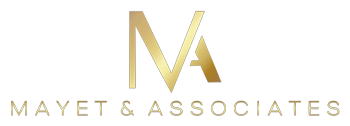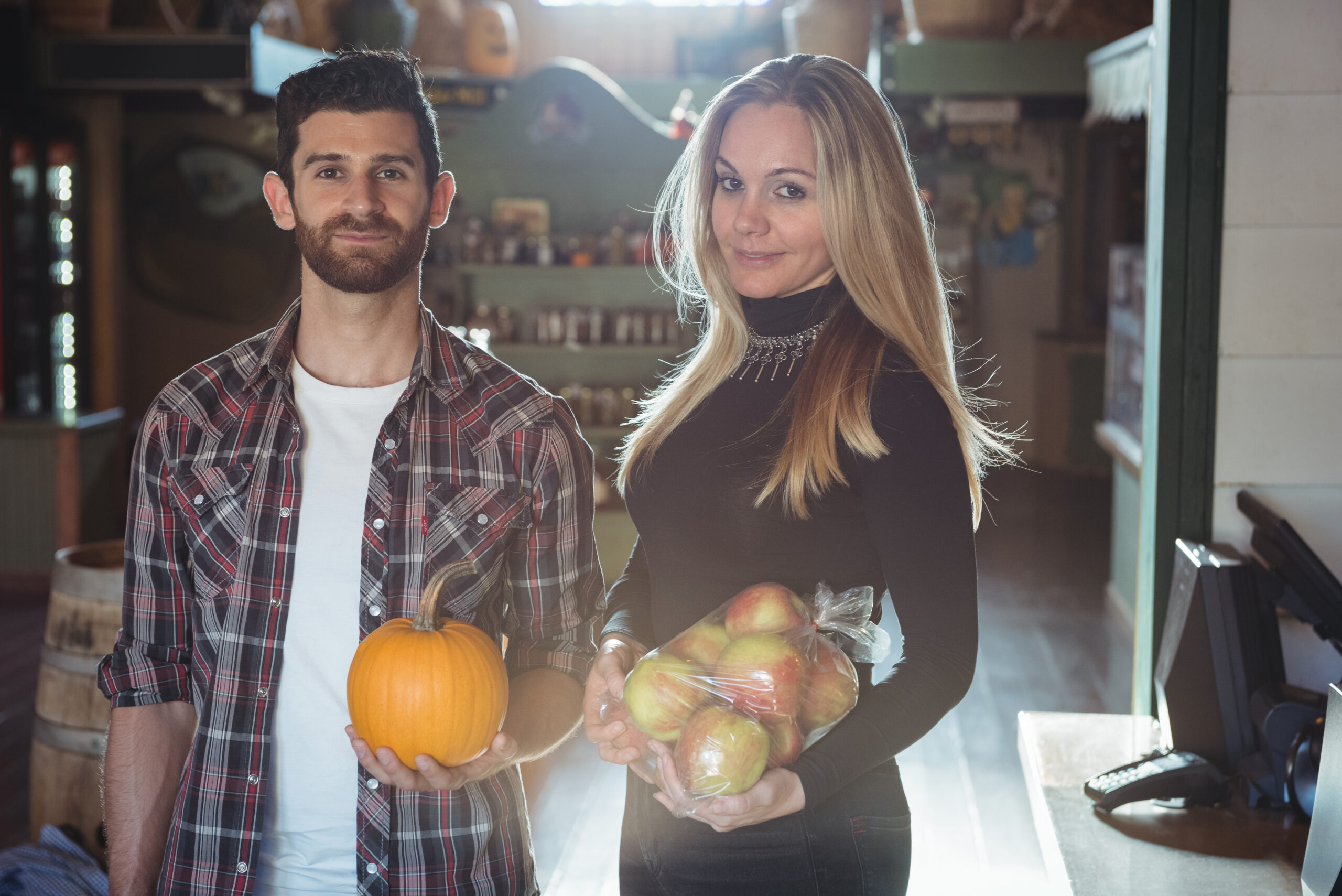South African businesses registered for VAT are facing new compliance obligations from the South African Revenue Service (SARS). With the release of Binding General Ruling 16 (BGR16) Issue 3, effective for all financial years beginning on or after 1 January 2024, VAT vendors must prepare for stricter reporting standards and a new true-up adjustment requirement.
These changes, which first apply in September 2025, affect how VAT apportionment is calculated and reported. Here’s a breakdown of what businesses need to know.
What Is Changing Under SARS VAT Apportionment Rules?
BGR16 Issue 3 replaces the previous version (Issue 2) and standardises the turnover-based method for determining annual VAT apportionment ratios. However, it goes further by adding:
- A mandatory “true-up” adjustment – vendors must reconcile differences between provisional and actual apportionment ratios within nine months of year-end.
- Compulsory reporting – detailed apportionment data must be submitted to SARS alongside the VAT return where the true-up is reflected.
The True-Up Adjustment Explained
The true-up ensures that provisional VAT apportionment ratios based on the previous year’s turnover are corrected against final figures.
- Vendors must make this adjustment in their month eight VAT return.
- The return is due by the end of month nine after the financial year closes.
Example: A company with a 31 December 2024 year-end must include its true-up in the August 2025 VAT return, due by the last working day of September 2025 if filed via eFiling.
Missing this deadline may expose businesses to penalties and compliance risks.
Mandatory SARS Reporting: New Email Submission Requirement
In addition to the true-up, SARS now requires vendors to submit supporting apportionment information via email. This must include:
- Registered name and VAT number
- Formula and method used for apportionment
- Final annual apportionment ratio
Where the formula is used for the first time, SARS also requires ratios and methods for the previous three financial years.
Example: A vendor with a December 2024 year-end will, in September 2025, need to submit its 2024 apportionment figures together with ratios and formulas for 2021, 2022, and 2023.
Why This Matters for Businesses
These changes are particularly significant for businesses that supply both taxable and exempt goods or services. Adjustments to the apportionment calculation could materially affect the VAT recoverable, making accurate reporting crucial.
Tax experts warn that:
- The rules add administrative complexity, especially for SMEs.
- Errors or omissions could increase the risk of SARS audits or penalties.
- Early preparation and professional guidance are essential to stay compliant.
How to Stay Compliant With SARS VAT Rules
To navigate BGR16 Issue 3 successfully, businesses should:
- Track financial year-end dates and plan for the nine-month true-up deadline.
- Keep detailed historical records of apportionment methods and ratios.
- Update VAT compliance processes to incorporate the new reporting step.
- Seek expert tax advice to manage complex apportionment scenarios.
Final Thoughts
The SARS VAT apportionment rules 2025 signal a stronger emphasis on transparency and compliance. Businesses that fail to adapt risk falling foul of SARS’s tightened standards.
From September 2025 onwards, vendors must complete both the true-up adjustment and the mandatory submission of apportionment data. Companies that act early, maintain accurate records, and obtain professional tax support will be in the best position to remain compliant and to avoid unnecessary disputes with SARS.






